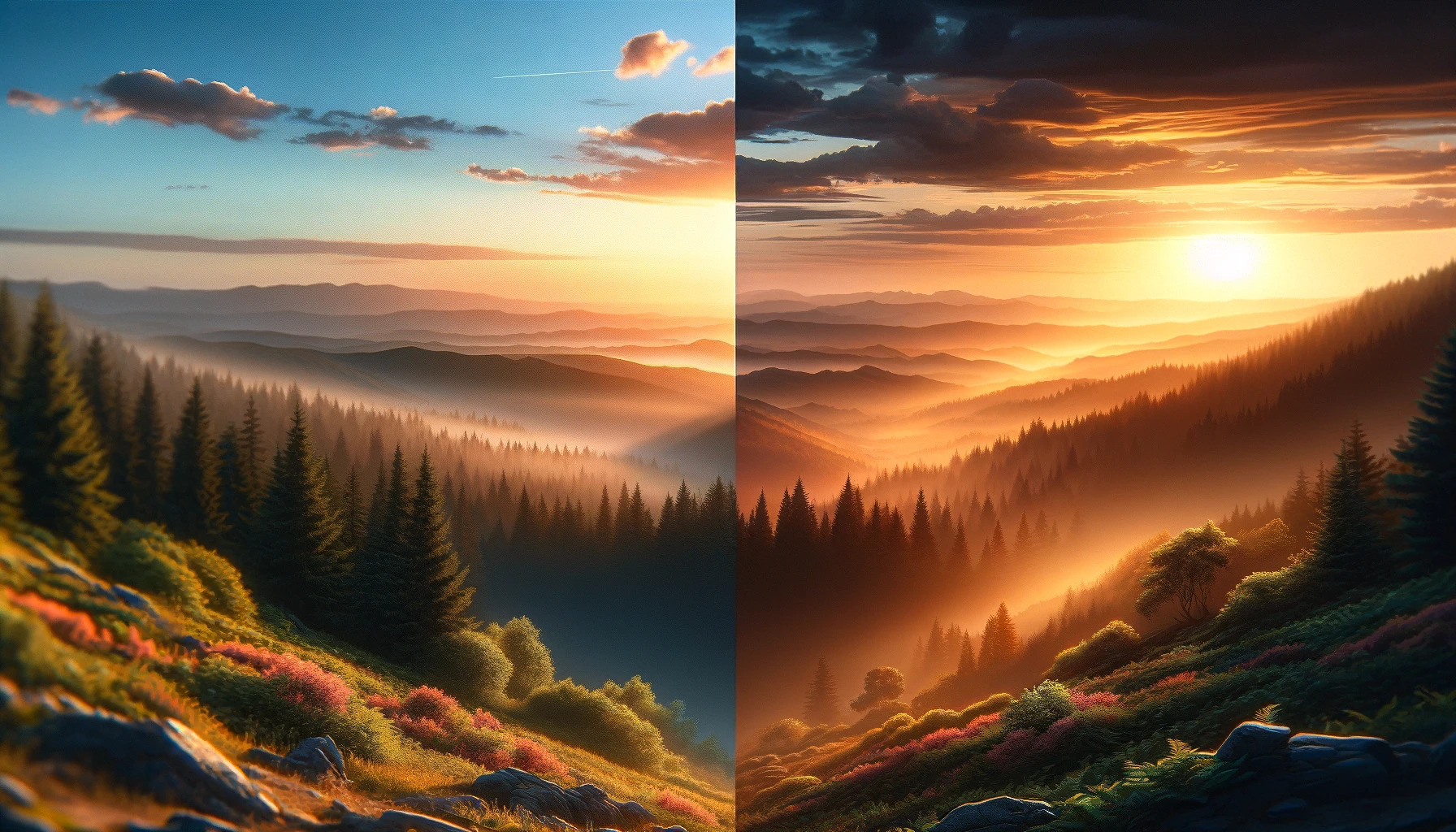Convert Images to High-Resolution Perfection
By Benjamin
Published March 4, 2024
 Convert Images to High-Resolution Perfection
Convert Images to High-Resolution Perfection
In the digital age, transforming low-resolution images into high-definition masterpieces is essential for visual professionals. This guide dives deep into image upscaling, blending AI technology and expert techniques to improve photo quality while preserving detail. From digital displays to print, understanding these upscaling methods is key to producing visually stunning images.
Understanding Image Upscaling
Image upscaling refers to the process of increasing the resolution of an image while maintaining its quality. This is not merely about adding more pixels but doing so in a way that the upscaled image retains, or even enhances, the original's sharpness, color fidelity, and detail.
The Role of AI in Image Upscaling
AI-driven image upscaling represents a breakthrough in how we approach enhancing photo quality. By leveraging machine learning algorithms, AI can predict and add details to an image during the upscaling process that traditional methods cannot, resulting in images that are not just larger, but perceptibly clearer and more detailed.
Techniques, Tools, and Best Practices
1. Choosing the Right Tools
Several software options exist for image upscaling, each with its unique strengths. Adobe Photoshop remains a popular choice for professionals due to its extensive features and control. However, specialized AI tools like Topaz Gigapixel AI offer automation and advanced algorithms specifically designed for upscaling.
2. Best Practices for Pre-Upscaling
Before upscaling, ensure the original image is in the best possible condition. This involves cropping unwanted areas, adjusting exposure and contrast, and removing any noise. Preparing the image lays a solid foundation for a successful upscale.
3. Understanding Upscaling Settings
When using any upscaling tool, familiarize yourself with its settings. Options like the degree of enlargement, noise reduction, and sharpening controls can significantly affect the outcome. Experimenting with these settings on different images helps build intuition on achieving optimal results.
4. AI-Driven Techniques
For those utilizing AI-driven tools, take advantage of features designed to enhance specific types of images, such as portraits or landscapes. These specialized modes can make a considerable difference in maintaining natural textures and details.
5. Quality Control Post-Upscaling
After upscaling, conduct a thorough review of the image at 100% zoom. Look for any artifacts, unnatural edges, or loss of detail. Some tools offer post-processing features to address these issues, ensuring the final image meets your high-resolution standards.
6. Preparing Images for Print
When upscaling images for print, it's crucial to consider the print size and viewing distance. Images for large formats require a higher degree of upscaling and scrutiny, as any imperfections are more noticeable in print than on digital displays.
Conclusion
Mastering the techniques, tools, and best practices for image upscaling is essential for anyone looking to elevate their visual content to new heights of clarity and detail. By harnessing the power of cutting-edge technology and adhering to proven strategies, creators can succeed in enhancing photo quality without losing details, ensuring every pixel tells a story. Whether the goal is to dazzle on digital platforms or to prepare for the meticulous demands of upscaling images for print, the journey towards high-resolution excellence is both rewarding and transformative. Embrace these practices, and watch your images come to life with unparalleled precision and beauty.